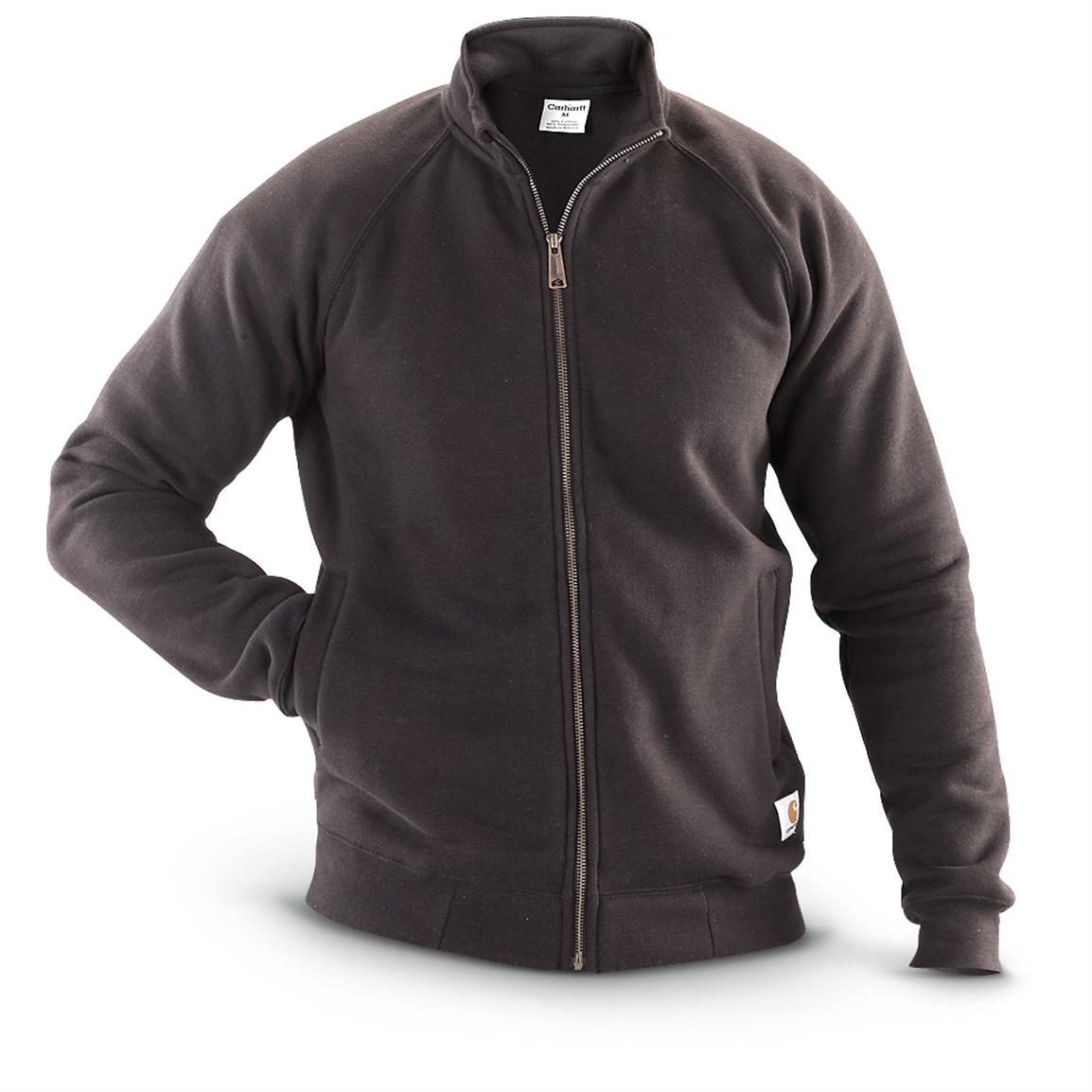Sweatshirts are long-sleeved pullover shirts that are typically constructed from thick cotton fabric. They are typically worn casually, and are not as dressy as sweaters or cardigans. They do not usually have the or hood. If you are interested in purchasing a sweatshirt, here are a few tips:
The appeal of Norma Kamali was spread by the use of sweatshirts
Since the late 1970s and into the late '70s, Norma Kamali has transformed the simple sweatshirt into a work of art. Her designs have become a staple in almost all women's wardrobes. Her distinctive styles range from a tummy-tucking crew neck to leather-paneled sweatshirts. She also has created clothes in unusual forms, such as a tank top with an extended trumpet skirt.
A collaboration with the brand and sweatshirt manufacturer Everlast led to her Timeless line, which became a huge hit when it appeared in Spiegel's spring 2006 catalog. The collection offered convertible and interchangeable knits with classic designs, and many items were priced below $20. Even the Kamali's Timeless collection was not available in stores, buyers could still find these designs on eBay as well as Poshmark.
Merino wool sweatshirts tend to be more comfortable than sweatshirts made of soft wool.
Merino wool is well-known for its ability to remove moisture, which helps to keep you dry and comfortable. This is a naturally-occurring fibre that also has a smoother feel. It is also quick to dry when compared with other natural materials. In addition, it is a renewable resource. The merino sheep shed their coats every year and regrow new ones.

The weight-to-heat ratio of merino wool is what makes it a popular choice for sweatshirts. It aids in controlling body temperature due to its natural loft, which retains heat between the fibers. This is why Merino wool sweaters are ideal for summer and outdoor activities such as mountain biking, hiking and running. The warmth it provides keeps the wearer comfortable and dry. This is essential for working out.
Zip-front hoodies come with kangaroo pockets.
Kangaroo pocket Hoodies are a very popular type of hoodie. sweat shirts have a large pocket on the front, that keeps your hands warm during cold days. They're additionally more practical than conventional pockets because they permit the hands to slide in and out effortlessly.
Kangaroo pockets are typically large enough to fit the wallet, or other small personal items. They're usually large enough to accommodate one hand in a smaller size or even wide enough to fit two hands. They have wide openings on either side , and can be used to carry small items.
French Terry fabric is a very popular material for sweatshirts.
The French Terry fabric is composed of soft yarns that are knit into loops and is usually mid-weight. It is also known because of its capacity to absorb moisture and is already pre-shrunk. French Terry is an excellent option for sweatshirts as it will keep you warm when you're in need and keeps you cool when you're trying to cool off.
French Terry is also popular for loungewearbecause it is stretchy enough and has enough flexibleness to feel great when you touch your body. It also allows for enough air to circulate through the fabric, making it ideal for layering underneath other clothing. Additionally, since it's lighter than other sweatshirts that you can wear all year round without feeling too warm or cold.
sweat shirts are classy and have a connotation of class.
Although it could appear that hoodies are an appropriate attire item for those who are working class but the truth is that they carry classist connotations. The hooded garment was first popularized in the early 70s New York, where graffiti artists wore them to hide their identities. In 1976, hoodies made their major film debut in "Rocky," when the working-class main character was seen wearing hooded gray sweats on his memorable climb to the top of the Philadelphia Museum of Art.
Hoodies are often associated with destruction, death and other negative items, yet they can also be used for practical reasons. For instance, monks and priests might wear hoods in order to display modesty and inward focus.
